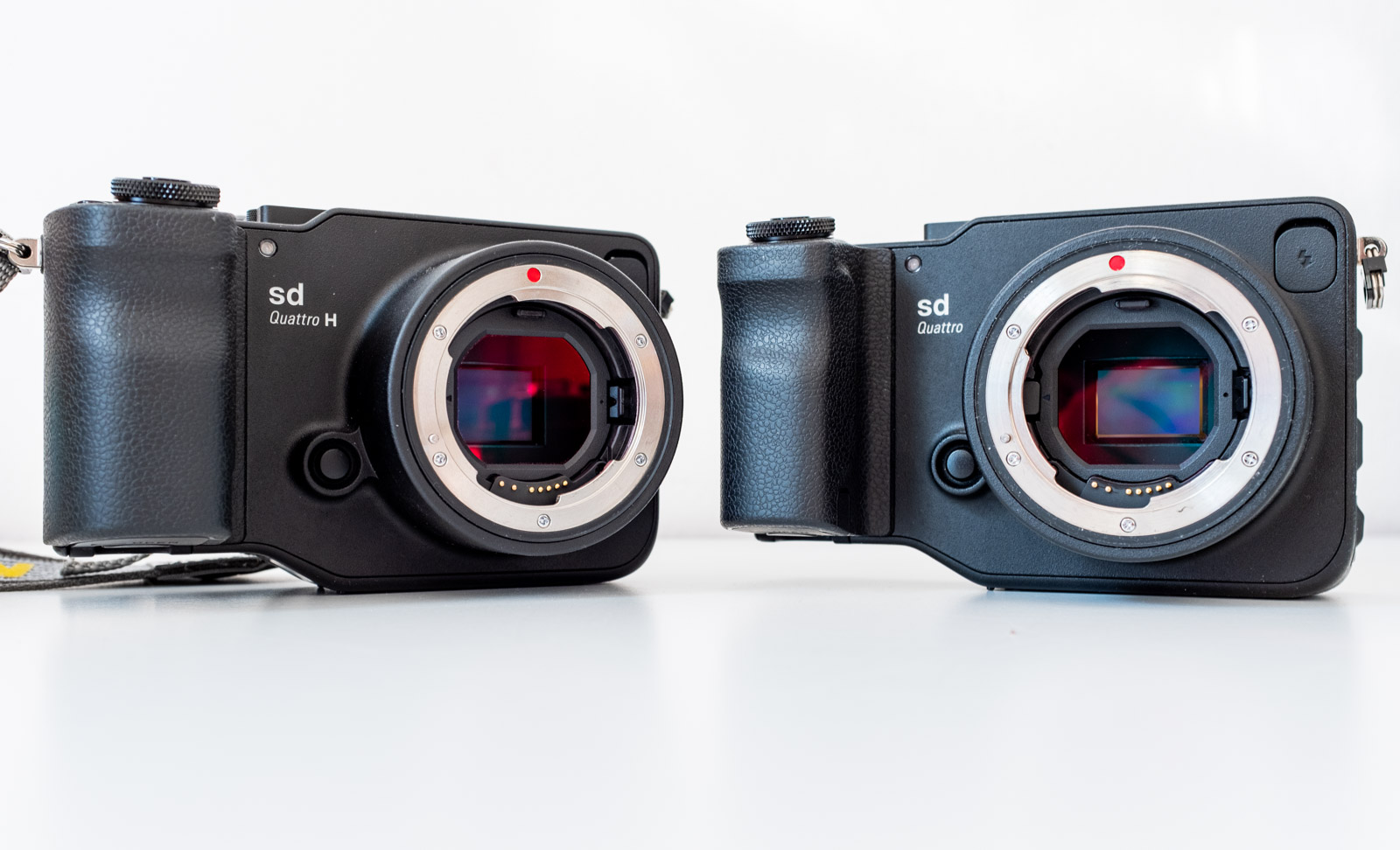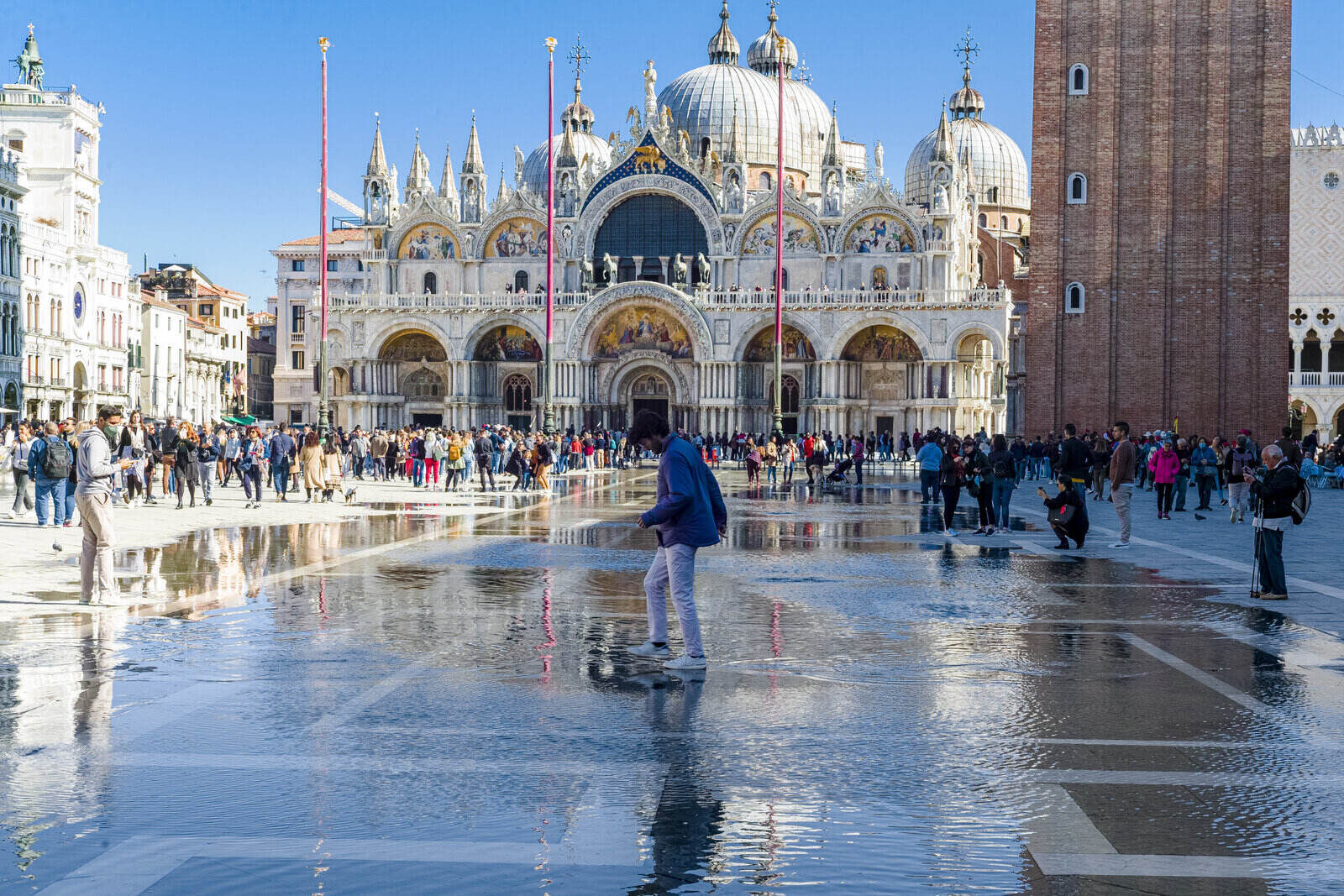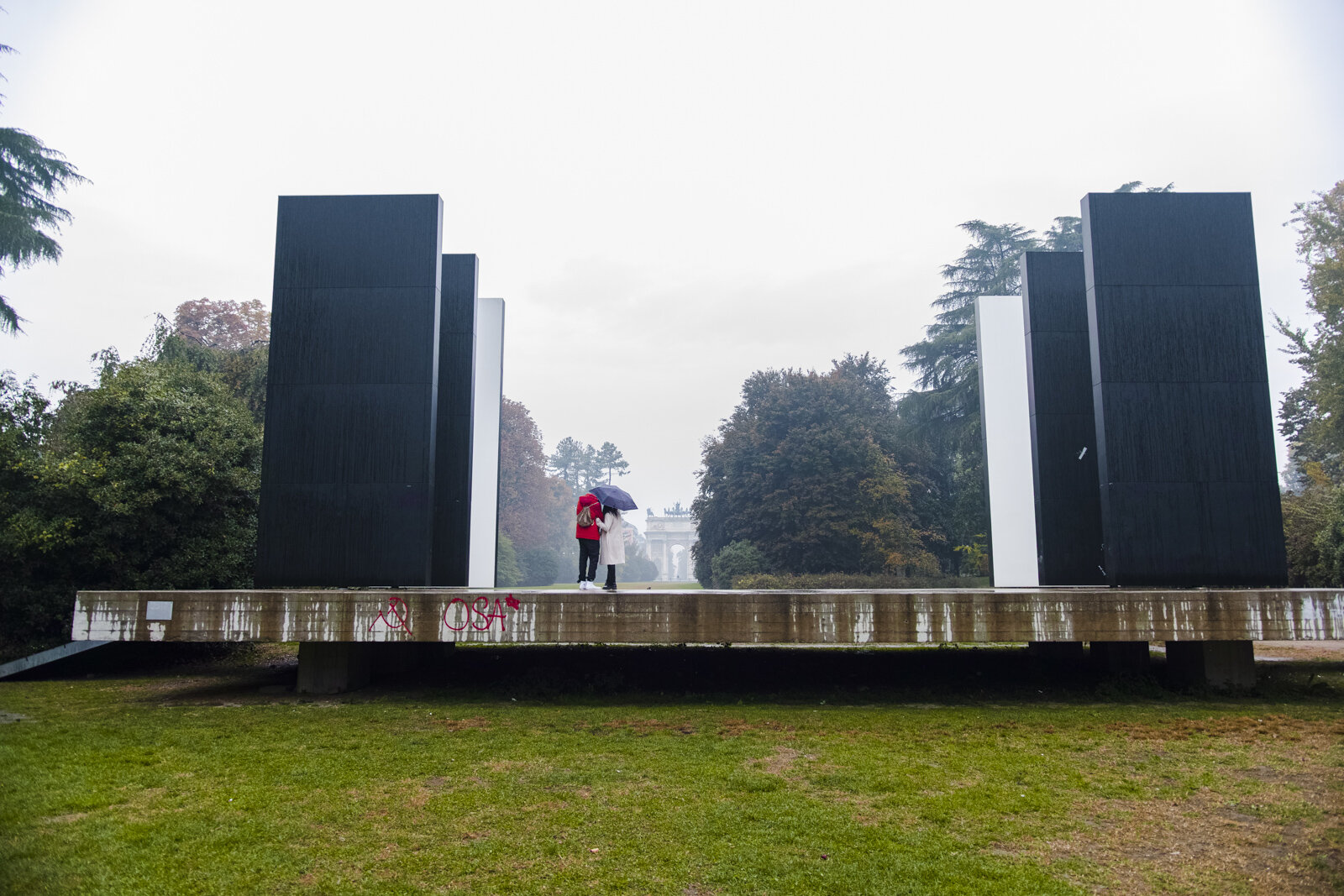TOC
There are more than a few things in common between Foveon photographers and insecure males, but they also share a fundamental question: do sizes matter? A few days ago, I had the opportunity to upgrade: I added the H model to my Sigma SD Quattro. The difference is simple: the H model has an Aps-h sensor with a 1.3 crop factor. The original Quattro features a slightly less than the regular Aps-c sensor, with a crop factor of around 1.6. The megapixels also change 24 versus 19, if it makes sense to count the pixels on a Foveon sensor the way we would with a Bayer sensor.
For the rest, the two cameras are perfectly identical, with the same specifications in terms of hardware, without precisely the sensor. The SD Quattro H has historically been increasingly expensive than its plain counterpart, but is this difference justified? I tried to do some little experiments, and immediately I realized how laughable the differences are. But let’s try to see how they differ and if it makes sense to think about an upgrade.

From the outside, they are literally the same camera.
First, we noticed that the definition is greater. The photos are not more detailed in themselves: with the same lens, the result will be the same. However, the H with its smaller crop allows having a “wider” shot. The advantages are seen more with wide-angle lenses and in general in all those situations where a little more airiness is required. That said, the difference is certainly not huge and it is not enough on its own to justify the upgrade.
In general, it is difficult to justify spending twice as much on the same camera, only with the slightly larger sensor. The only way I managed to rationalize my purchase is purely ideological. The Foveon is a strong statement that reads something like this: “I want the best possible image quality in the digital world at 100 ISO”. It’s a very strong and limiting premise, but it also pays great dividends on occasion. With this in mind, spending more to get a better image, even if very little, makes perfect sense.
We must then add a significant detail: obsolescence. The Sigma SD Quattro is already obsolete for many reasons. The SA mount has disappeared and they have been discontinued. At the same time, they are the most future-proof machines you can buy in 2021. Let me explain, the Foveon is a mature technology. There will be no improvements in image quality as it is already stellar and close to its physical limit. There will also be no improvements in terms of sensitivity and high ISO. The reason is simple: they are of no interest to the user. If one wants ISO 12800 without noise, there are other very good choices on the market today. It is useless to chase them and it would be even more so on such a thoughtful machine that requires such great patience on the part of the user.

Foveon image quality already peaked, so it is quite useless to wait for a better sensor.
So if we assume that the SDQuattro H is the best Foveon SA mount ever produced, and assume that it will not be surpassed in this category by anyone else, the choice suddenly becomes simple. Why deprive ourselves of the best image quality when we can buy a camera that will not be outdated in the years to come? If $ 1500 seems like a lot to you, especially compared to the plain version, consider how much a flagship of any other brand costs. Then don’t ask yourself the question “will it still be valid in 5 years”, but “will it still be at the top in 5 years?”. In fact, to the first question, any camera produced from 2010 to today can answer in the affirmative. It is to the second that almost none, not even among the noblest, can answer in this sense.
In light of all this, I am very happy to have made this switch. Fortunately, I didn’t even have to renew the lens park because the 18-35 manages to cover the largest sensor, at the price of a slight vignetting at full aperture, while the 30mm 1.4 covers it perfectly. The quality of the Foveon is unique and enjoying it on even a slightly larger sensor is priceless. At the same time, I am certain that no matter what digital camera I buy, it will not end up cannibalizing the Sigma SD Quattro H. A certainty that alone is worth the investment.

At 18mm and full aperture the vignetting (here unedited) is quite evident, but easily solved in post production. Not bad for a lens that shouldn’t cover Aps-h!